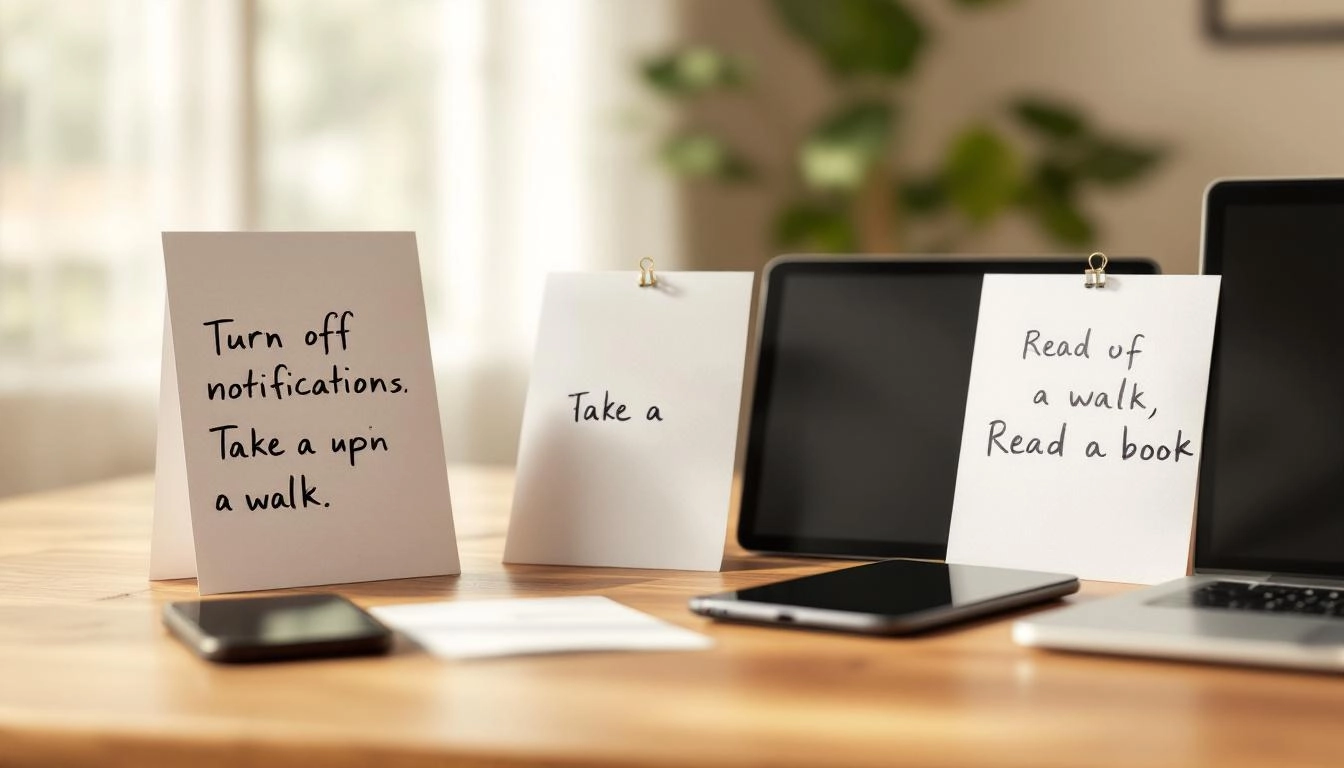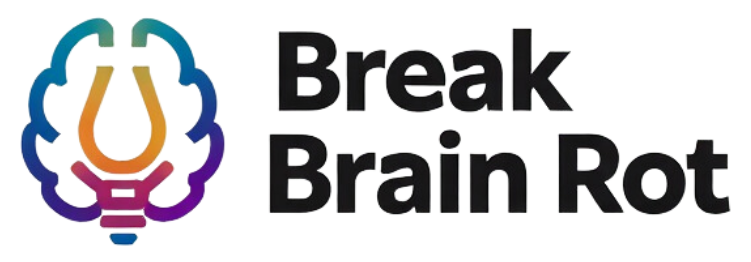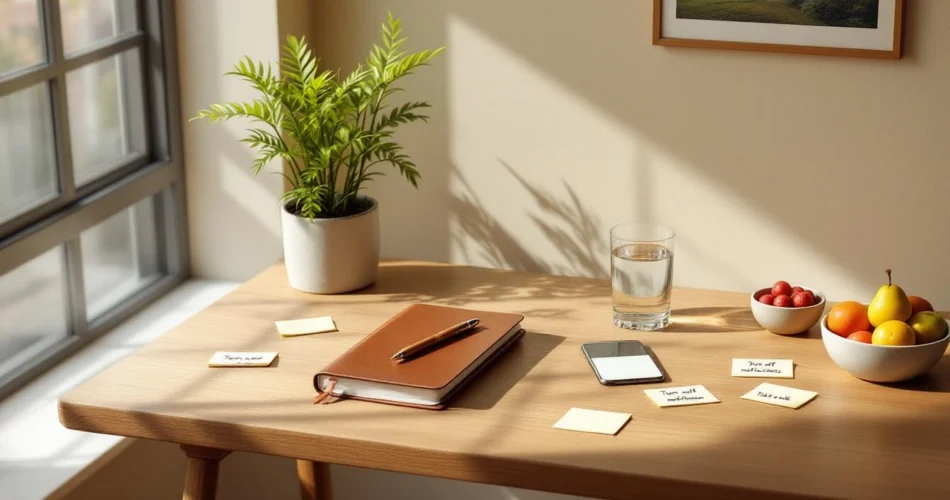Do you find yourself reaching for your phone without even realizing it? In our hyper-connected world, it’s almost second nature to check notifications, scroll through social media, or respond instantly to messages. But this constant digital engagement can take a serious toll on your productivity, focus, and mental well-being. That’s why today we’re diving into practical, simple digital detox tips you can start using right away. These strategies are designed to help you reclaim your attention, reduce stress, and bring more balance to your day. Follow along, and you’ll discover how a few small changes can have a big impact on your focus and happiness.
Table of Contents
- Why a Digital Detox Matters for Focus and Happiness
- Setting Realistic Boundaries With Technology
- Creating Offline Routines to Boost Mental Clarity
- Mindful Digital Consumption Practices
- Using Technology Intentionally for Better Well-being
- Maintaining Your Digital Detox Long-Term
- FAQs
- Conclusion
Why a Digital Detox Matters for Focus and Happiness
The constant connectivity trap
Many of us are always “on,” jumping from work emails to social updates without pause. While being connected has its benefits, it also creates mental clutter, making it harder to concentrate and increasing stress levels. By taking deliberate breaks from technology, you allow your brain to reset.
How screen time affects concentration and mood
Excessive screen exposure can disrupt your attention span and negatively influence your mood. Studies show links between high social media use and feelings of anxiety or low self-worth. Cutting back helps restore mental clarity and emotional balance. (Source: American Psychological Association)
The neuroscience behind taking tech breaks
Your brain’s prefrontal cortex—the area responsible for decision-making and focus—tires out after too much stimulation. Regular digital detox intervals give it the rest it needs to operate at peak performance. Learn more about the science of screen time and productivity.

Setting Realistic Boundaries With Technology
Scheduling tech-free time blocks
Pick certain hours in your day—like your first hour after waking—for zero screen use. This creates intentional space for mindfulness, reflection, or creativity.
Establishing no-phone zones at home
Designate spaces such as your bedroom or dining table as tech-free zones. This reinforces healthy boundaries and fosters better personal connections. Read our guide on setting healthy technology boundaries.
Adjusting device notification settings for less distraction
Turn off non-essential notifications. This prevents you from being pulled away from important tasks and gives you more control over your attention. (Source: Harvard Business Review)
Creating Offline Routines to Boost Mental Clarity
Starting the day without screens
Begin your morning with mindful breathing, stretching, or journaling instead of checking your phone. This sets a calmer tone for the day.
Rediscovering hobbies and offline activities
Reignite your passion for offline hobbies like painting, cooking, or reading. These activities provide mental refreshment and improve focus. See our tips for morning routines that improve concentration.
Taking regular walks or nature breaks
Spending time outdoors helps lower stress hormones and fosters creativity. Even a 10-minute walk can lift your mood and sharpen your thinking (Source: National Institutes of Health).
Mindful Digital Consumption Practices
Curating your social media feed for positivity
Unfollow accounts that drain your energy and follow those that inspire, educate, or make you laugh.
Practicing conscious scrolling and intentional log-ins
Set specific times to check your accounts rather than aimlessly browsing throughout the day. This simple habit reduces wasted time and mental fatigue.
Using digital reflection tools to assess habits
Tracking your online behavior with apps like Digital Wellbeing or Screen Time can shed light on patterns—and motivate change. (Source: Center for Humane Technology) Read about minimalist social media strategies.
Using Technology Intentionally for Better Well-being
Leveraging productivity and mindfulness apps (without overuse)
Apps like Forest or Headspace can enhance focus and relaxation when used moderately. The key is making them serve your needs, not dominate your time.
Prioritizing human connection over digital interaction
Whenever possible, opt for in-person or phone conversations over text—it deepens relationships and boosts emotional well-being.
Making technology work for your goals instead of against them
Organize your devices and apps so they align with your priorities. For example, delete distracting apps during work hours. Check our list of best productivity apps for fewer distractions or explore Mindful.org’s guide to mindful tech use.
Maintaining Your Digital Detox Long-Term
Setting periodic check-ins to reassess digital habits
Every few weeks, evaluate what’s working and what’s not. Adjust your boundaries accordingly.
Building a support system for accountability
Partner with a friend or family member who shares your detox goals—you can encourage each other to stay on track.
Celebrating small wins to stay motivated
Reward yourself when you stick to your tech-free hours or meet your goals. Positive reinforcement fuels long-term commitment. (Source: Psychology Today)
Frequently Asked Questions
What is the simplest first step to start a digital detox?
Start by creating one tech-free zone or hour each day. This gentle shift helps you adapt without feeling overwhelmed.
How long should a digital detox last to see benefits?
Even a few hours a day can help, but committing to an entire weekend unplugged can significantly boost your mental clarity.
Can I still use necessary work-related technology during a detox?
Yes—focus on cutting non-essential digital use. Keep work tools but reduce leisure scrolling and unrelated notifications.
Is a full detox realistic for everyone?
Not always. Aim for manageable changes rather than an all-or-nothing approach, especially if your job depends on tech.
Will a digital detox help with sleep?
Absolutely. Reducing screen exposure before bed improves melatonin production, helping you fall asleep faster and sleep better.
What if I feel anxious without my phone?
Start small, and replace screen time with soothing activities like reading or meditating to ease the transition.
How do I track my digital detox progress?
Use built-in device tools like Screen Time or third-party apps to measure your daily tech use and set gradual reduction goals.
Conclusion
Implementing these simple digital detox tips can transform the way you work, rest, and connect with the world around you. By intentionally stepping back from constant screens, you give your mind the space to focus better, your mood room to lift, and your life the balance it deserves. Start with small steps—like tech-free mornings or nature walks—and build from there. Your mind deserves some breathing room—start your detox today.

